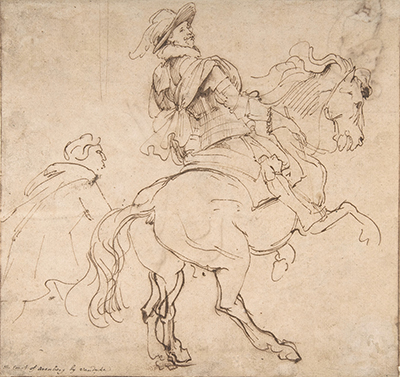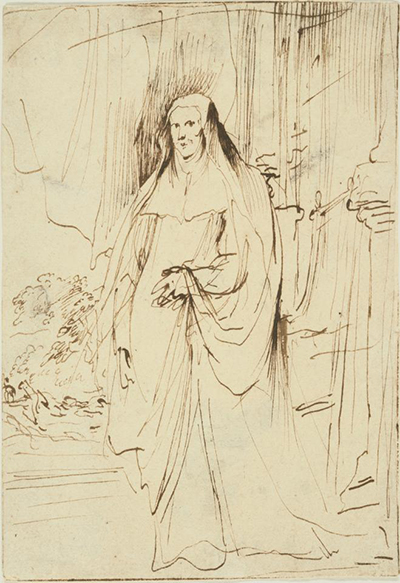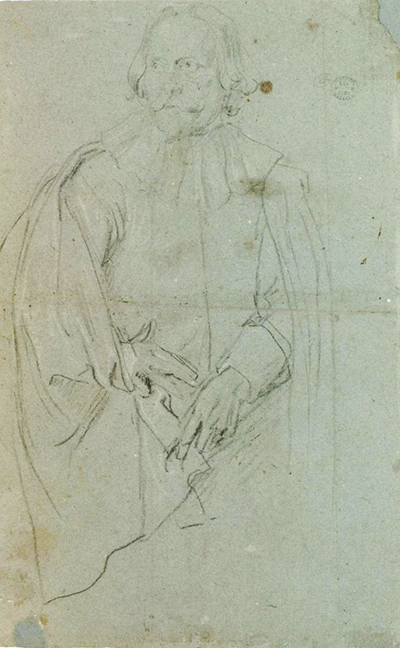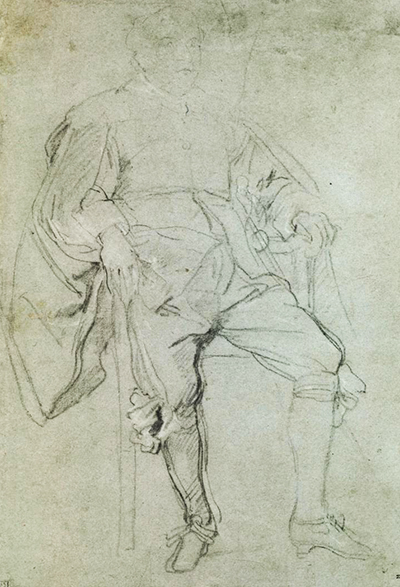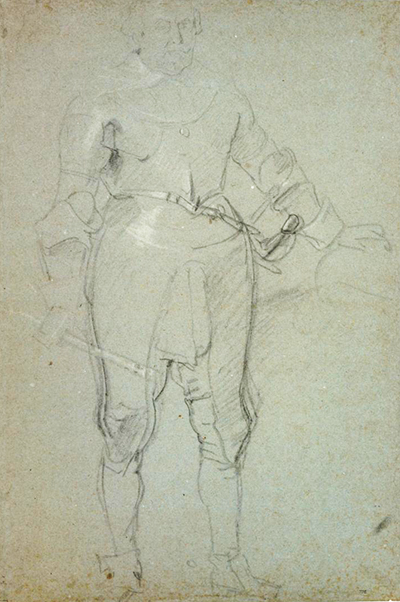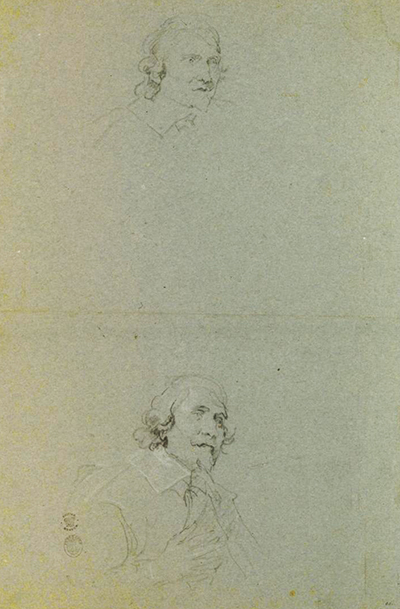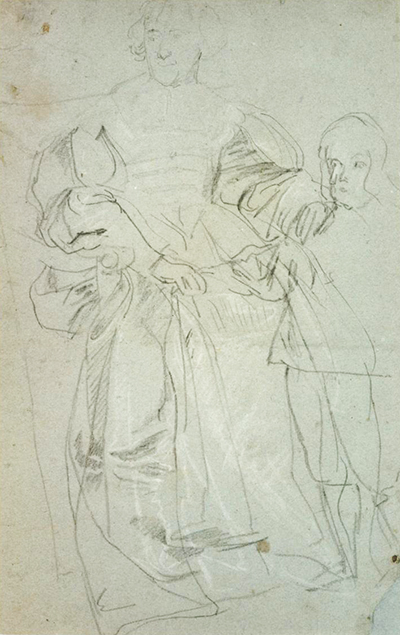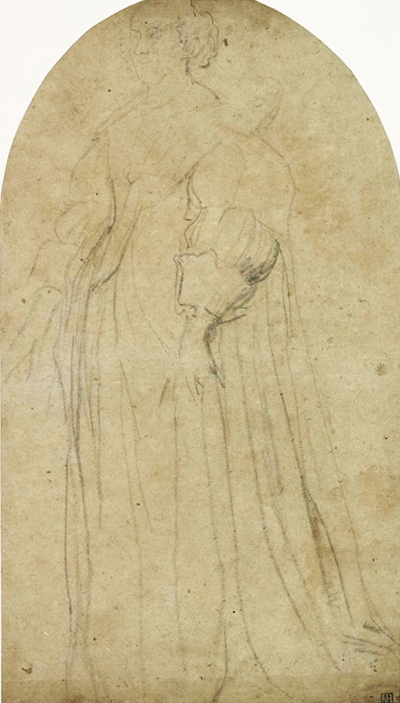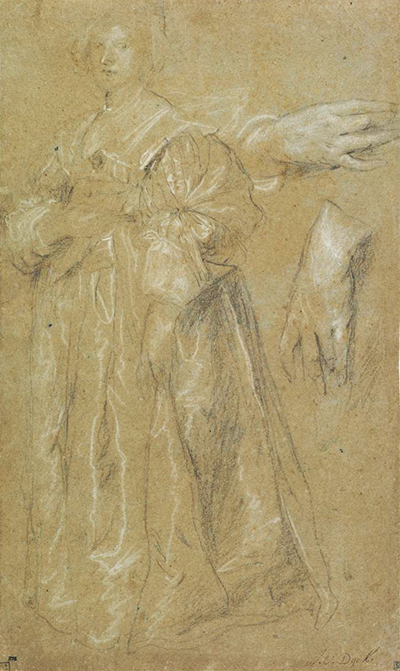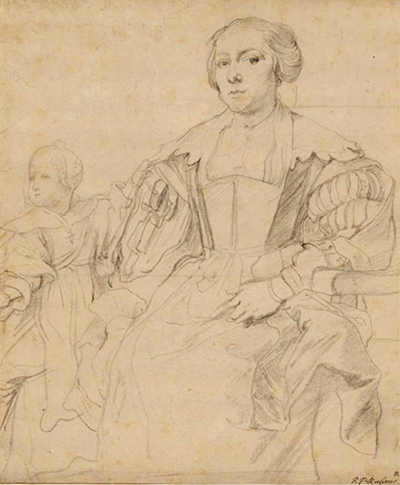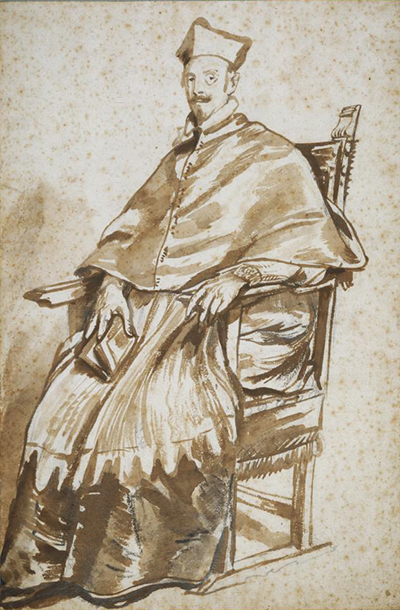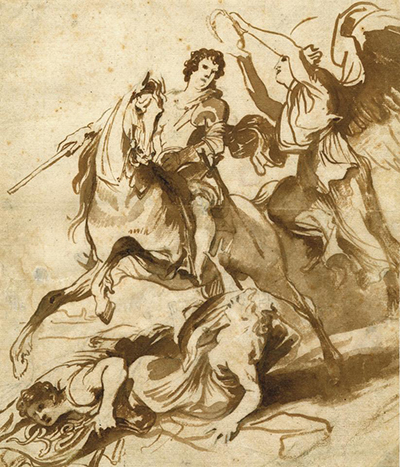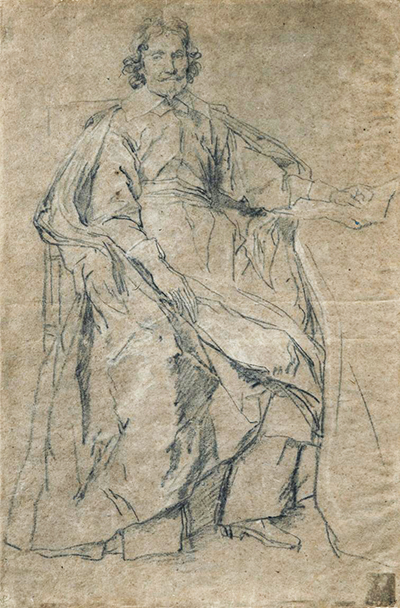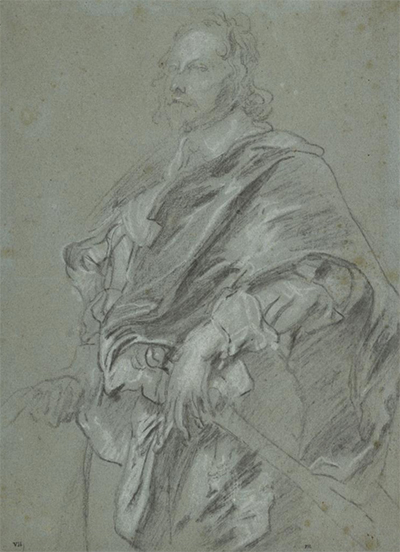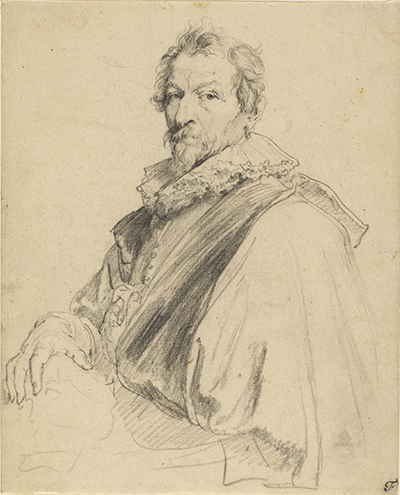Anthony van Dyck was a highly skilled draughtsman whose talents in the medium have been more appreciated in recent centuries thanks to a number of specialist exhibitions
Whilst considered first and foremost a painter, behind his extraordinary portrait paintings lies a solid foundation of drawing skills that were essential for planning each composition. He may not have seen his study drawings as artworks in their own right, but others were still very keen to purchase any original Anthony van Dyck drawings that were made available for purchase. During his lifetime and soon after there were a number of famous artists who would use his drawings as inspiration for their own work or as a method of training others in their studios.
We are fortunate by the sheer number of drawings that remain from his career when considering how fragile this medium is and the many centuries that have passed since. His popularity ensured that many of these sketch pieces were carefully preserved and almost documented well enough to ensure their original attribution remained clear.
The clamour to get hold of original Van Dyck drawings was so strong around the time of his career, and shortly afterwards, that unfortunately many other sketches were also loosely attributed to the artist at that time. Over the centuries that have passed since, though, the correct attributions have been determined and most have been demoted to "After Van Dyck" or "Follower of Van Dyck".
There is a growing passion for the great master's drawings as a means to appreciate the raw skills that they possessed. To see a portrait in a single medium, prior to the addition of layers of paint, helps us to examine individual lines and shapes. It is always an intriguing experience to witness the touches and flourishes of a skilled artist and this is much easier to distinguish in a pen, ink or pencil sketch.
The lives and career of Van Dyck and Peter Paul Rubens were intertwined in seemingly endless ways. Their work as draughtsmen was also closely linked, both in their influence on each other and also the techniques that they used. There are believed to be around 900 sketches left in total from these two artists, with around three quarters coming from the hand of Rubens.
For several years the two artists who collaborate on several projects, making it highly likely that some of their drawings during this period will have overlapped in terms of content and intended final piece. Van Dyck's output in this genre was more narrow than his master, concentrating on portrait figures and some landscapes.
The majority of Anthony van Dyck's landscape drawings would appear in the latter part of his career. His style for these was considered groundbreaking, taking several principles from Bolognese art to Flemish regions for the first time. These were carefully planned artworks which may have been intended to be gifted to some of his more valuable donors. Significantly, his use of line in constructing these landscapes felt more free than the standard flemish styles at that time.
Van Dyck would use various different mediums for his drawings, including pen, chalk and occasionally even oils. His paper would be white in the early years but later tinted in a variety of colours including any of green, gray, brown or blue. Dark chalk lines would often be heightened with lighter coloured chalk that would help to draw out detail and add depth. The artist also produced watercolour paintings that would later influence the British Watercolourists.



